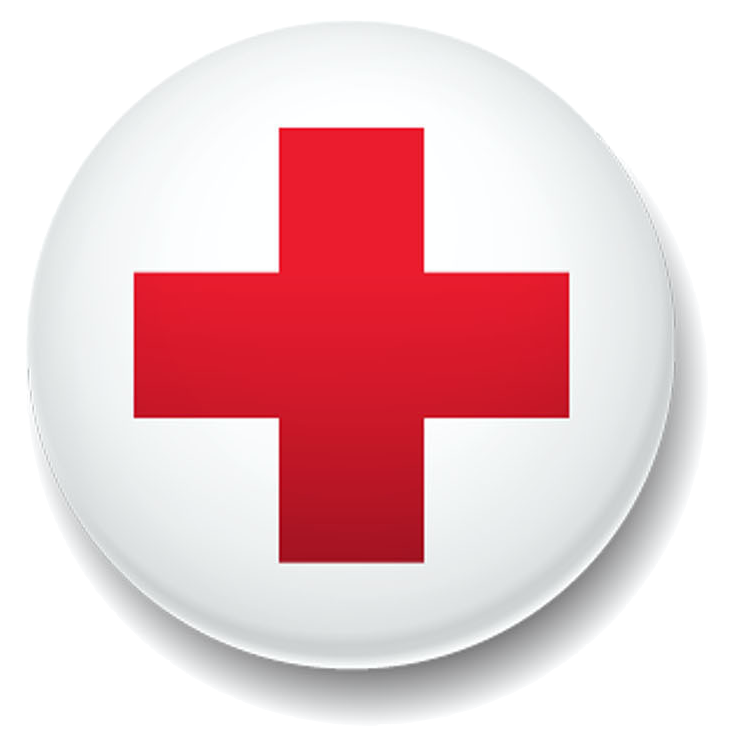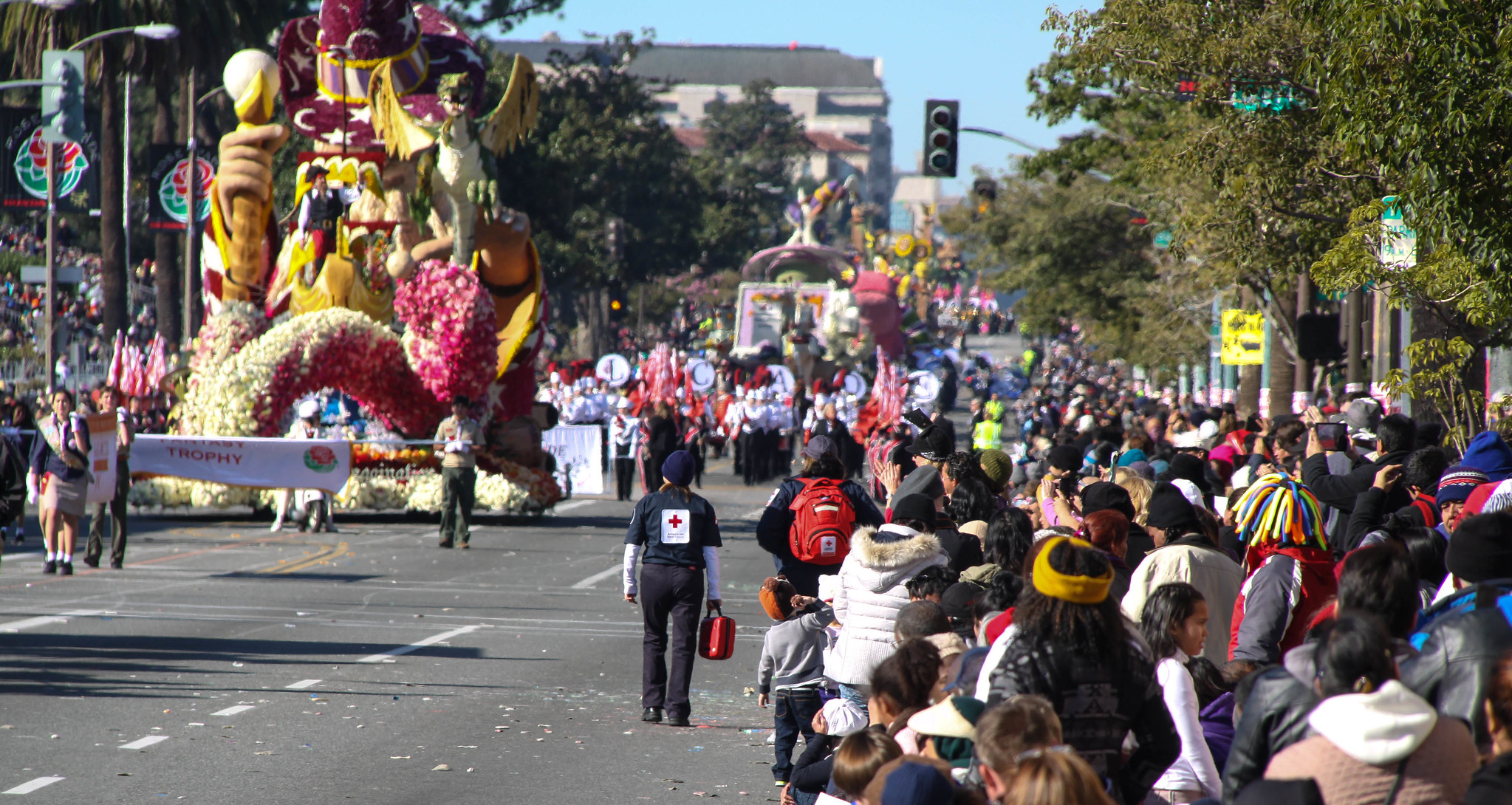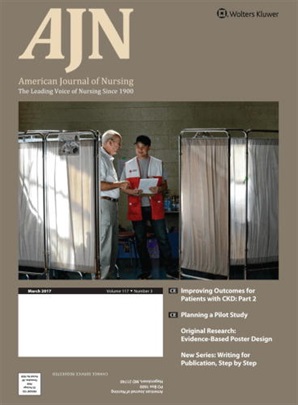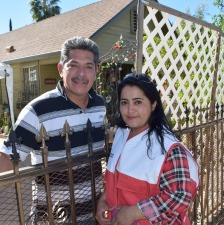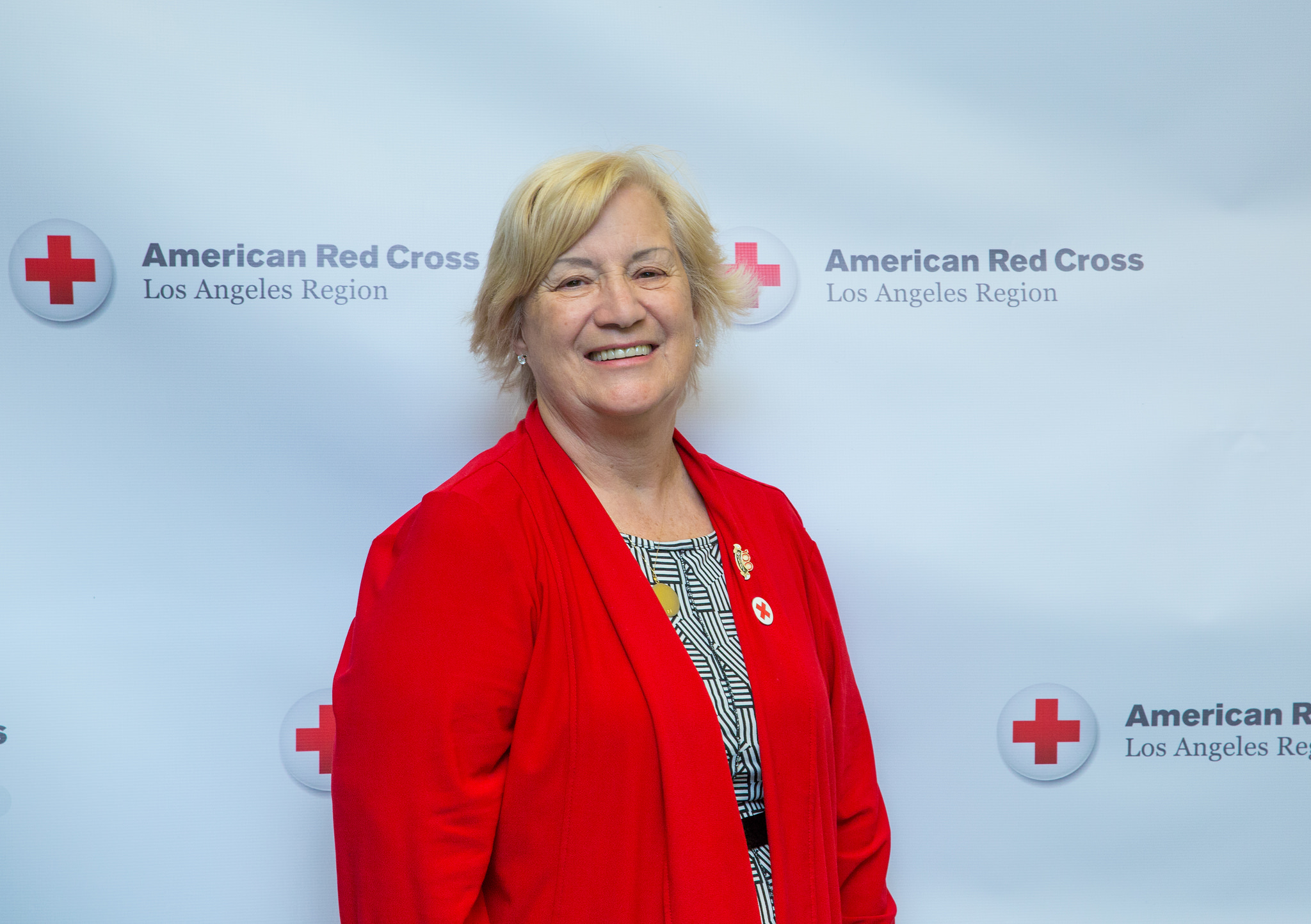by Roxanne Schorbach, Red Cross volunteer
My name is Roxanne Schorbach and I’ve been a Red Cross volunteer since 1986. I got involved with Red Cross first aid stations and the world–famous Rose Parade in 2009.
Looking back through the last 9 months of 2020 and all that has changed, the reality of not having a Rose Parade has finally sunk in. The Rose Parade has been an annual event since 1891, but for 2021 the parade has been cancelled due to the coronavirus.
I am missing my first aid friends. By September, we have normally completed our emergency medical response training, several planning meetings, and by the end of the first week in December, we have finished our all hands on deck all-day orientation and training. And by mid-December, the youth and team leaders would have finished the assembly of the first aid kits.
We would have been Red Cross First Aid Rose Parade -ready.
First aid and Rose Parade events are an annual reunion for many of us, but this year, we won’t be getting up at 3 a.m. on New Year’s Day. We won’t be breaking into teams and setting up first aid stations along Colorado Boulevard. And I’ll miss taking team photos. And we won’t have our standard 6 a.m. radio check with Pat, then wonder what the first incident of the day will be.
The Red Cross first started setting up first aid stations for the Tournament of Roses in 1984, and in those days — things looked very different.
Red Cross volunteers often wore different uniforms, usually the uniform of their local chapter, often making it difficult to identify a first aid volunteer. Today, our uniforms are standardized with patches to identify team members, making it easier to flag them down in time of need.
In the early days, if an ambulance was needed, someone had to find a pay phone to make the emergency call. But today, our volunteers are equipped with radios connected to a central dispatch to pass information and request additional support, such as a fire department cycle team or ambulance.
Oxygen and AEDs weren’t readily available in the early years. Today, they are considered a standard part of our first aid kit.
Organization of the first aid stations, protocols, paperwork and response have all improved over the years.
Collectively, about 250 Red Cross volunteers put in thousands of hours of preparation and training, months in advance, to make sure they and the first aid stations are set up and ready to respond.
Most volunteers will tell you that working first aid for the Rose Parade is one of the most rewarding experiences they have all year. I know that is how I feel every year.
Being part of the first aid function and the enormity of the event itself is a big deal to all of us. Being part of such a large scale event on New Year’s Day is exciting in and of itself, but helping someone during their time of need is rewarding too and gives a great sense of accomplishment that is hard to match.
In addition to the parade on New Year’s Day, we also provide first aid support for pre-parade events such as band fest, float decorating facilities and post-parade float viewing at Victory Park where the parade finishes its 5.5 mile journey.
Many Red Cross first aid volunteers have come and gone over the years, but there are a handful of the original first aid team members who return year after year to share their experience and leadership skills with the new and seasoned first-aiders.
Often times, we have family units that work first aid for the parade. We have a few families that train and work first aid with our teams.
While we depend on returning volunteers, we rely heavily on new volunteers, especially incoming Red Cross youth, to maintain and grow our teams. In recent years there has been an emphasis on recruiting Red Cross youth on our first aid teams.
Some are looking to a career in the medical field and being part of a first aid team give them the opportunity to gain experience and grow their confidence and skill levels. The Red Cross youth go through the same training as the adult first aid station volunteers. These young men and women are mentored by experienced adults who are trained in emergency first aid. They are essential in the assembly of first aid kits for the Rose Parade and related events. Putting first aid kits together is normally a 2-day process that gives them a good understanding of what first aid entails and the preparation that goes into being on a team.
We ALL will miss the Rose Parade this year, but this is not farewell. We plan to be back on Colorado Boulevard, hopefully in 2022, providing first aid services and a watchful eye over parade participants and spectators alike, ensuring everyone lining the parade route has a safe and happy New Year’s Day.
We hope you stayed safe while celebrating at home this year and we’ll see you next year, at the parade.
